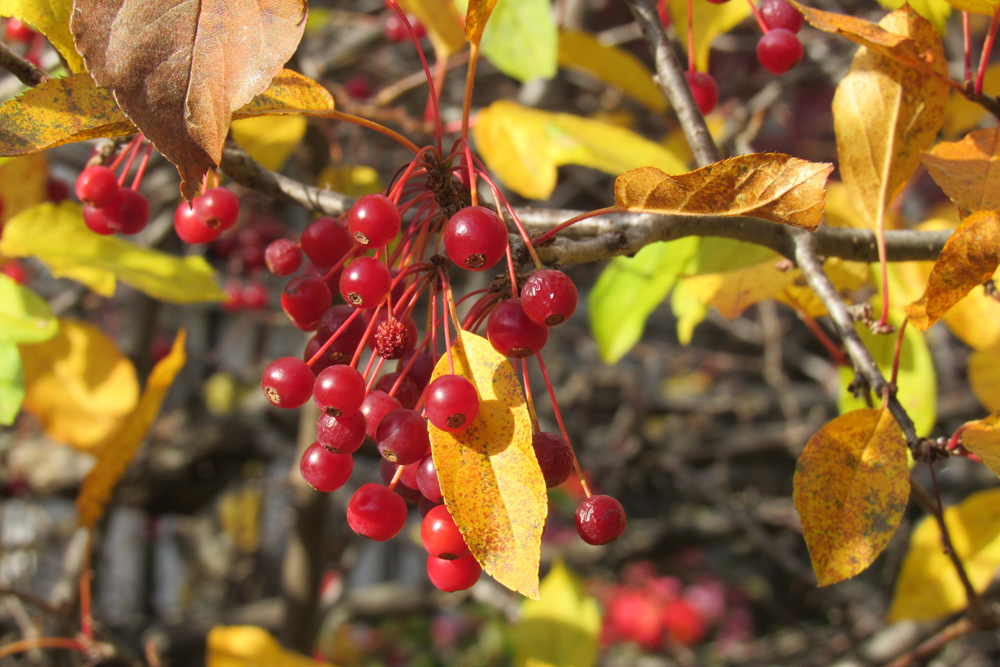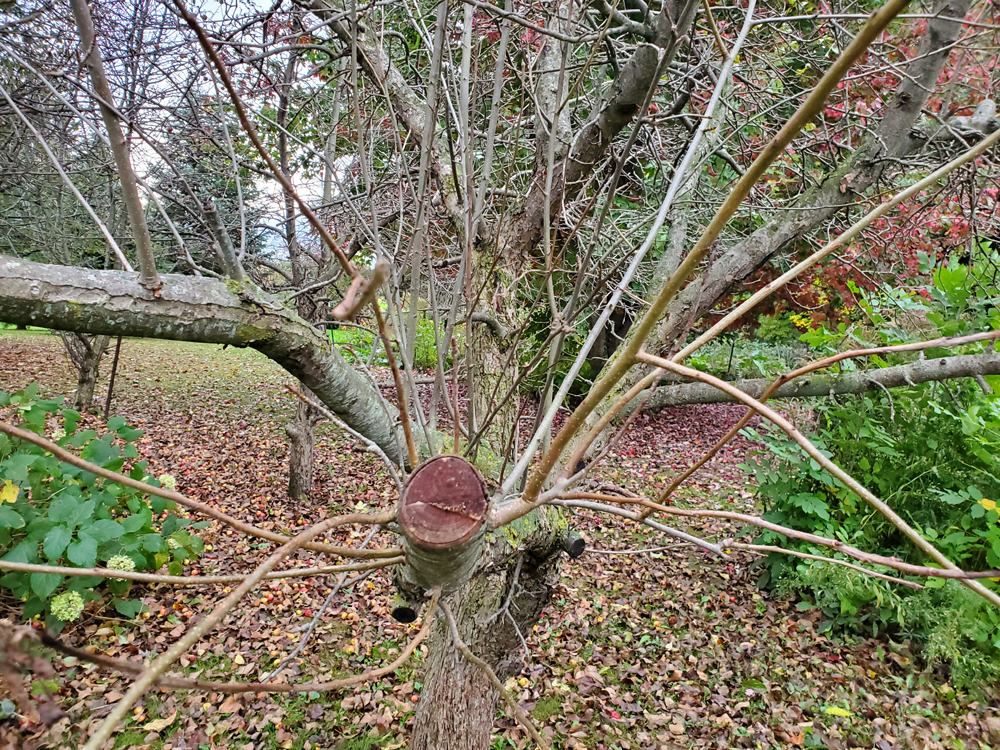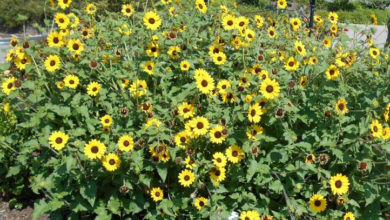November in the Garden

Like it or not, winter weather will be here anytime now. The good news is that until the first accumulation of the white stuff, there are plenty of garden chores to keep you busy and make garden tasks easier in the spring.
Cutting back perennials is a standard late fall garden activity. This is not essential, but it does help move things along when spring comes. Some garden experts suggest using a power hedge trimmer to help the job go more quickly. Compost material that is disease free, and consider keeping some seed heads like coneflower, rudbeckia and sedums. These provide food for the birds and winter interest in the garden. You can also keep ornamental grass stems for winter interest if you don’t mind cleaning up the mess in springtime.
If you can, keep weeding. Weeds grow a lot in the cool and wet fall weather. It really does help to get a jump on control for next spring. After weeding, mulch with organic material – that could be leaves or compost – whatever you have handy. Both steps taken now mean less work in the spring.
Tender bulbs like gladiolas, cannas, dahlias and caladiums should be dug up and stored after the first hard frost. There is still time to plant spring blooming bulbs like tulips and daffodils, and it’s also time to start bulbs you would like to force for holiday indoor decorating. Don’t forget that forcing bulbs inside all winter can be a great help to get through those long dark months away from the garden.
Newly planted trees, especially fruit trees, should have their trunks wrapped with protective tree wrap now. This helps to prevent sun scald, a common problem during the winter for young trees and trees with thin bark. Sun scald can cause cracking of the bark during freeze/thaw cycles, definitely something you want to prevent. The wrap also helps prevent rabbits and rodents from feasting on the bark – potentially fatal for the tree if bark is chewed off completely around the trunk. You can remove the wrap in the spring.
Broadleaf evergreens like rhododendrons can benefit from a spraying of anti-desiccant. This prevents them from dying out during the winter when it is difficult for the plants to pull moisture from the soil. Make sure you spray while temperatures are above 40 degrees.
Regarding roses, most Extensions advise cutting them back lightly – leaving most of the plant material intact. All but rugosa roses should get a mound around the base of eight to 12 inches of compost or dark soil to protect the bud union, just above the roots, from severe cold. If you grow hybrid teas, grandiflora and floribunda roses, you can wrap their stems in burlap and twine for extra protection.
Empty rain barrels and store in a sheltered place. Clean your pots and store them in a sheltered place, as well. November is a great time to clean and organize your garage or garden shed – another time saver when spring arrives.
Enjoy the late fall, the cool weather is a great time to be outdoors and get yard and garden work done.






